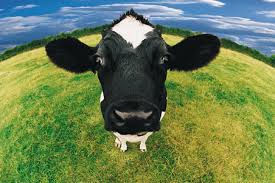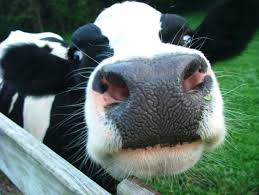|
Everyone keeps telling Dan that hes weird because he doesn’t eat dairy. The truth is he did as a child and is happy he doesn’t anymore. For all you cheese lovers out there, you might not like this blog but remember everything in moderation. I know there are times where I eat something that isn’t the best for me; we are all human, so if you have a little cheese from time to time it’s your choice and not the end of the world. What I’m presenting are some facts on the problems with dairy and then show you some healthy alternatives so you can get the same if not more of the same nutrients found in dairy products. I like keeping things short and sweet because like you I’m sure you don’t have time to read though a massive list of information. I have narrowed it down to the top 3 reasons why milk is a big no no!
Different from both allergies and lactose intolerance, some people have sensitivity to the casein (a type of protein) in milk. This sensitivity can trigger inflammation throughout the body, which may produce symptoms such as sinus congestion, acne flares, skin rash and migraines (Medical News Today). Calcium, potassium, Vitamin D and protein are the top nutrients found in milk and the good news is that you can find these in many other foods. High calcium foods include dark leafy greens, cheese, low fat milk and yogurt, bok choy, fortified tofu, okra, broccoli, green beans, almonds, and fish canned with their bones. Food that are packed with potassium include; Winter squash, sweet potato, white beans, halibut, ,100% orange juice, broccoli, cantaloupe, banana, pork tenderloin, lentils, salmon, pistachios, raisins ,chicken breast, and tuna. Vitamin D is the easiest, JUST GO OUTSIDE IN THE SUN! Vitamin D is naturally made by your body when you expose your skin to the sun, and that’s why it is called the sun-shine vitamin. Some natural foods high in vitamin D include fish oils, fatty fish, mushrooms, beef liver, cheese, and egg yolks. Finally protein (the most important to me!) can come from a variety of meat and plant based foods. High protein foods include meat, fish, cheese, tofu, beans, lentils, nuts, and seeds and protein isolates. So as you can see there are many foods that you can eat that are pack with all the essential vitamins and minerals. I am suggesting you keep dairy to a minimum or eliminate it completely! Trust me your body will thank you. Until next time!
0 Comments
Leave a Reply. |
"MADE NEW"
|




 RSS Feed
RSS Feed
